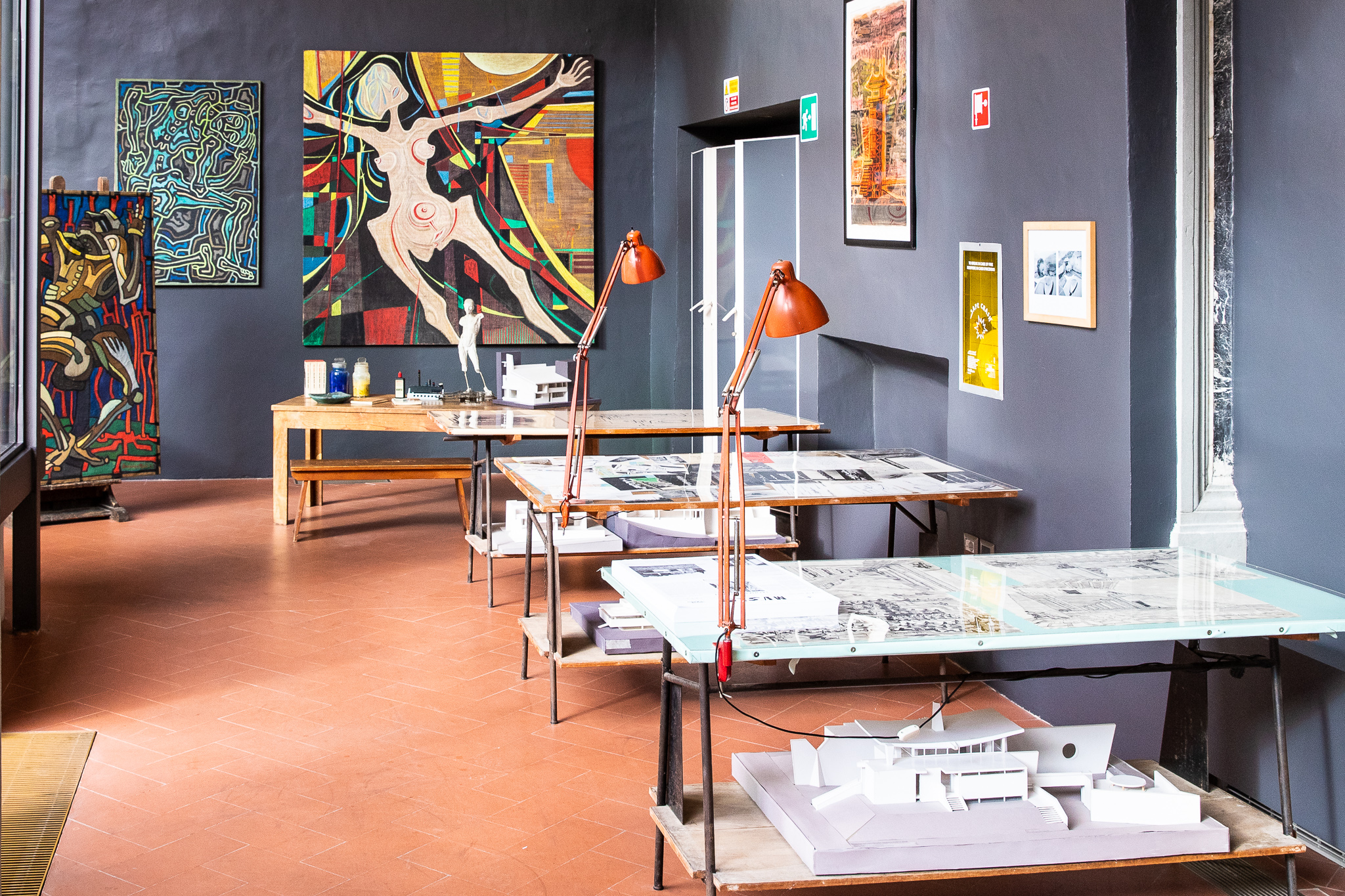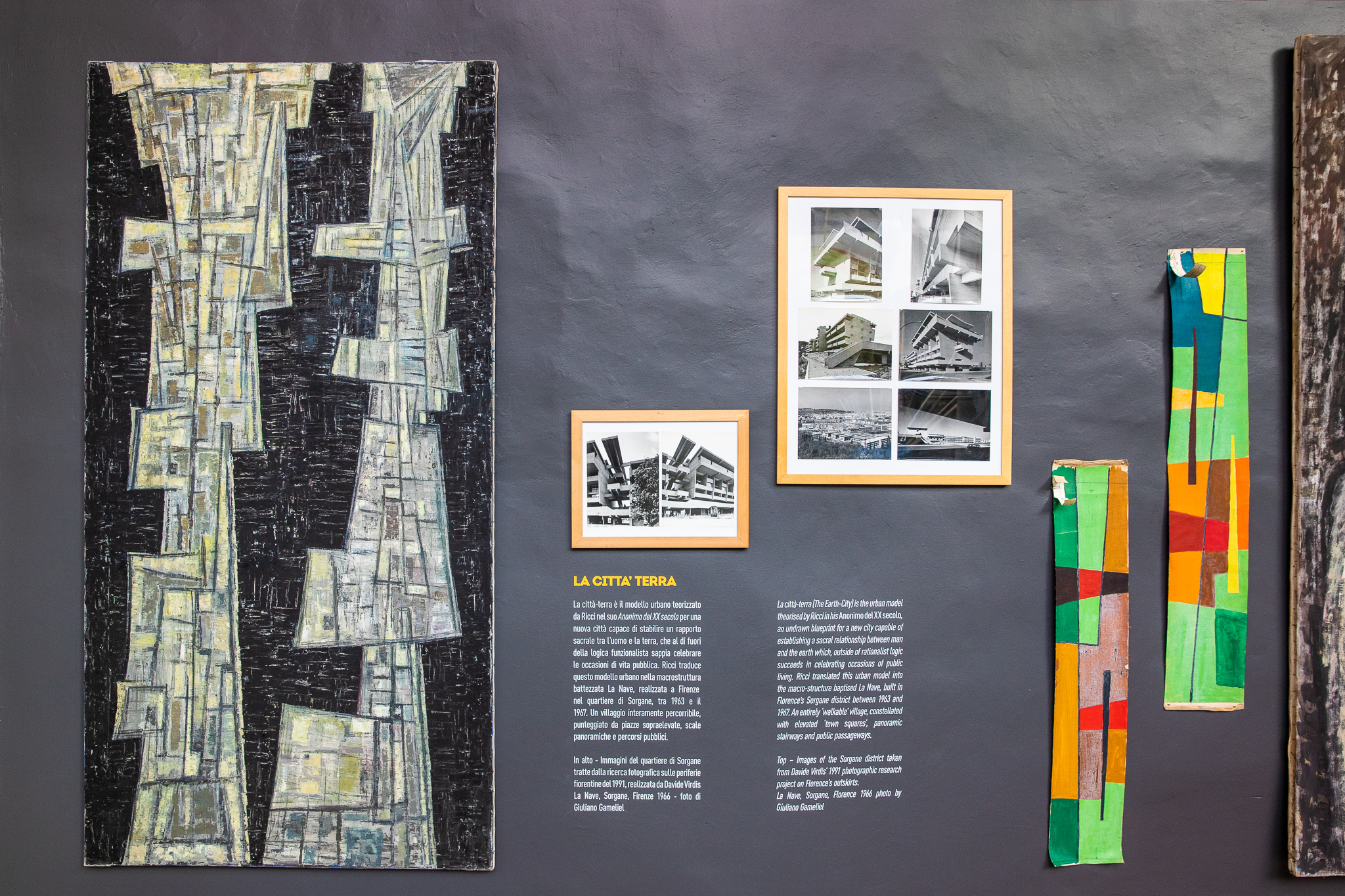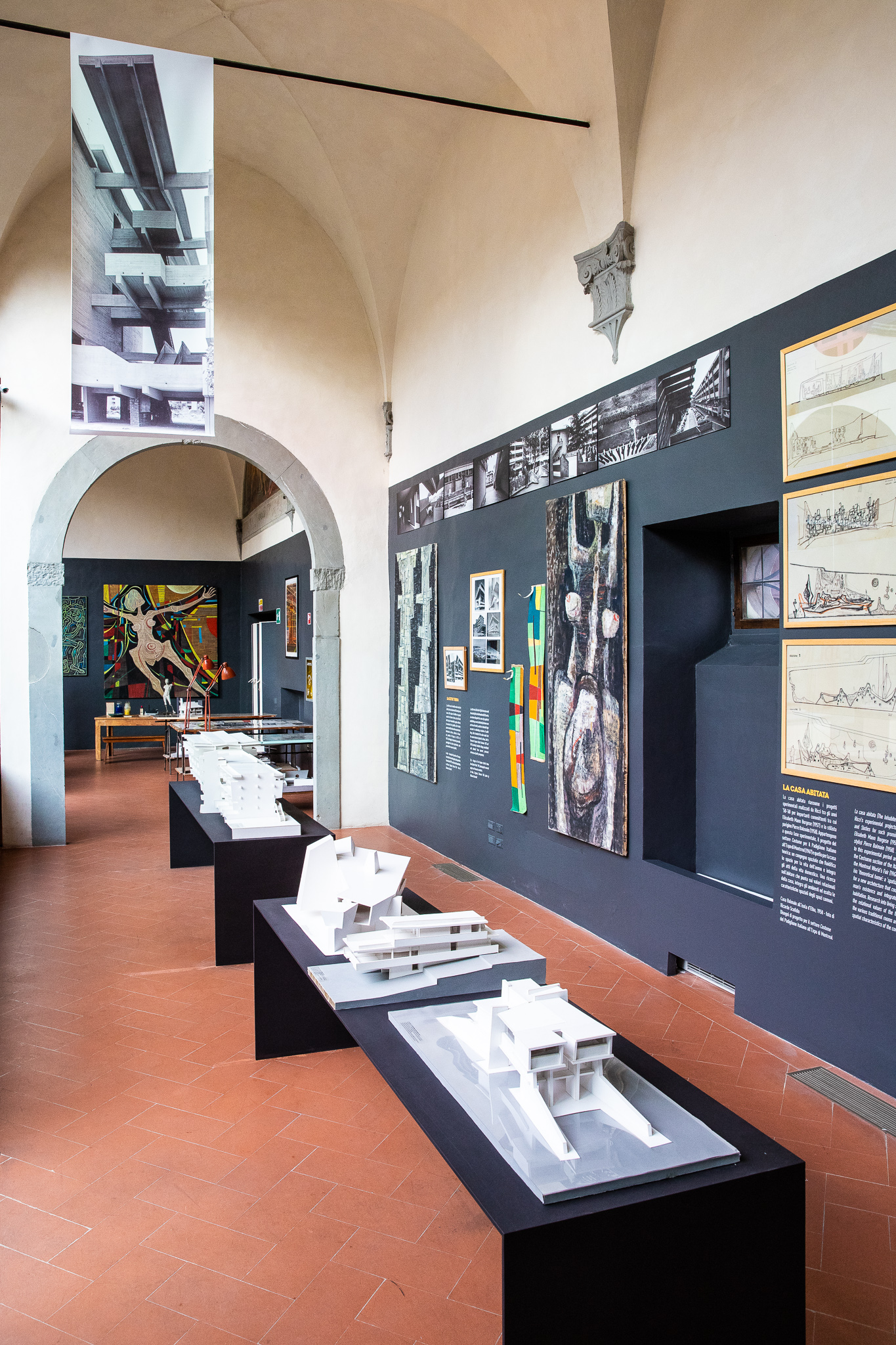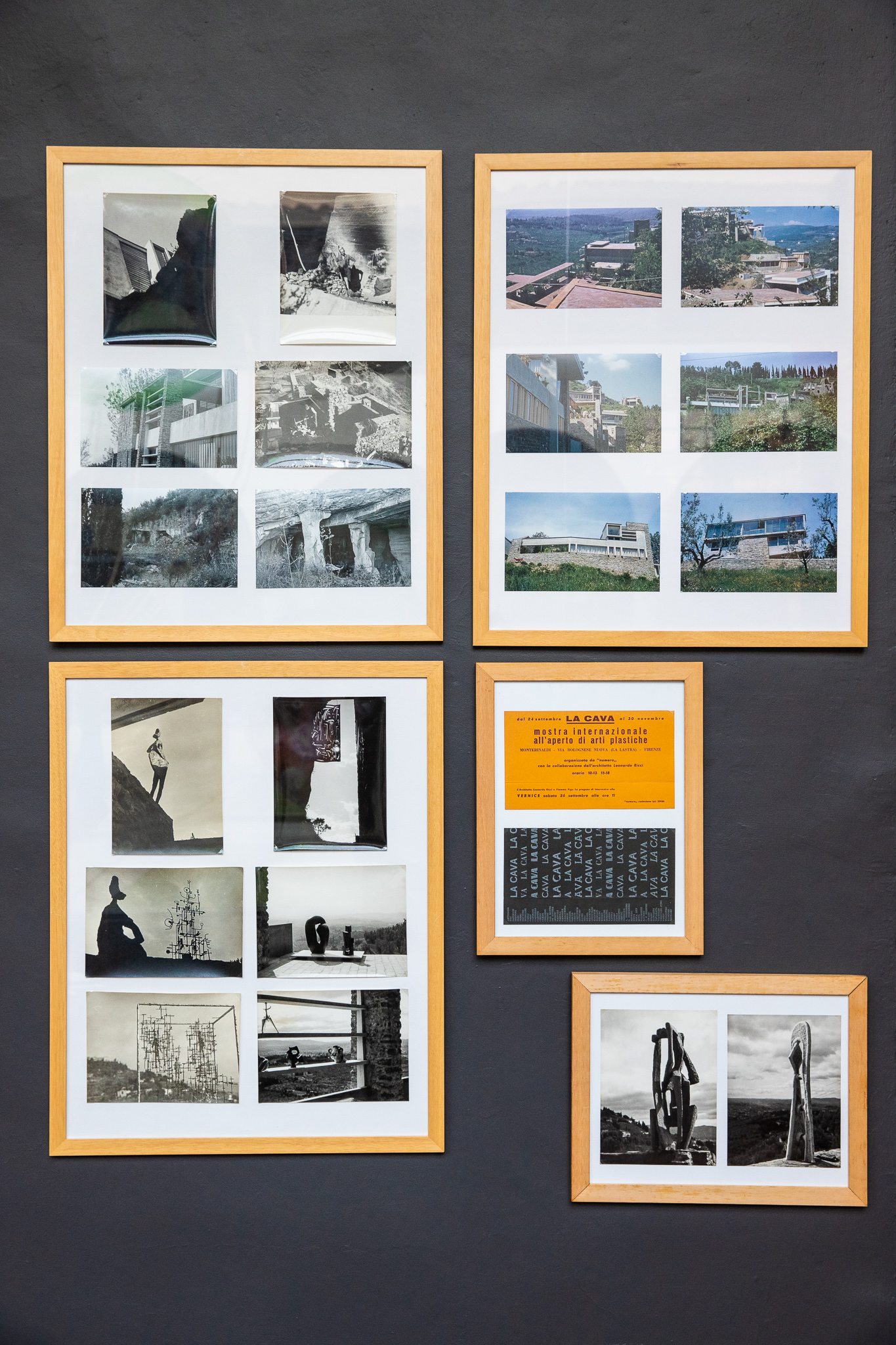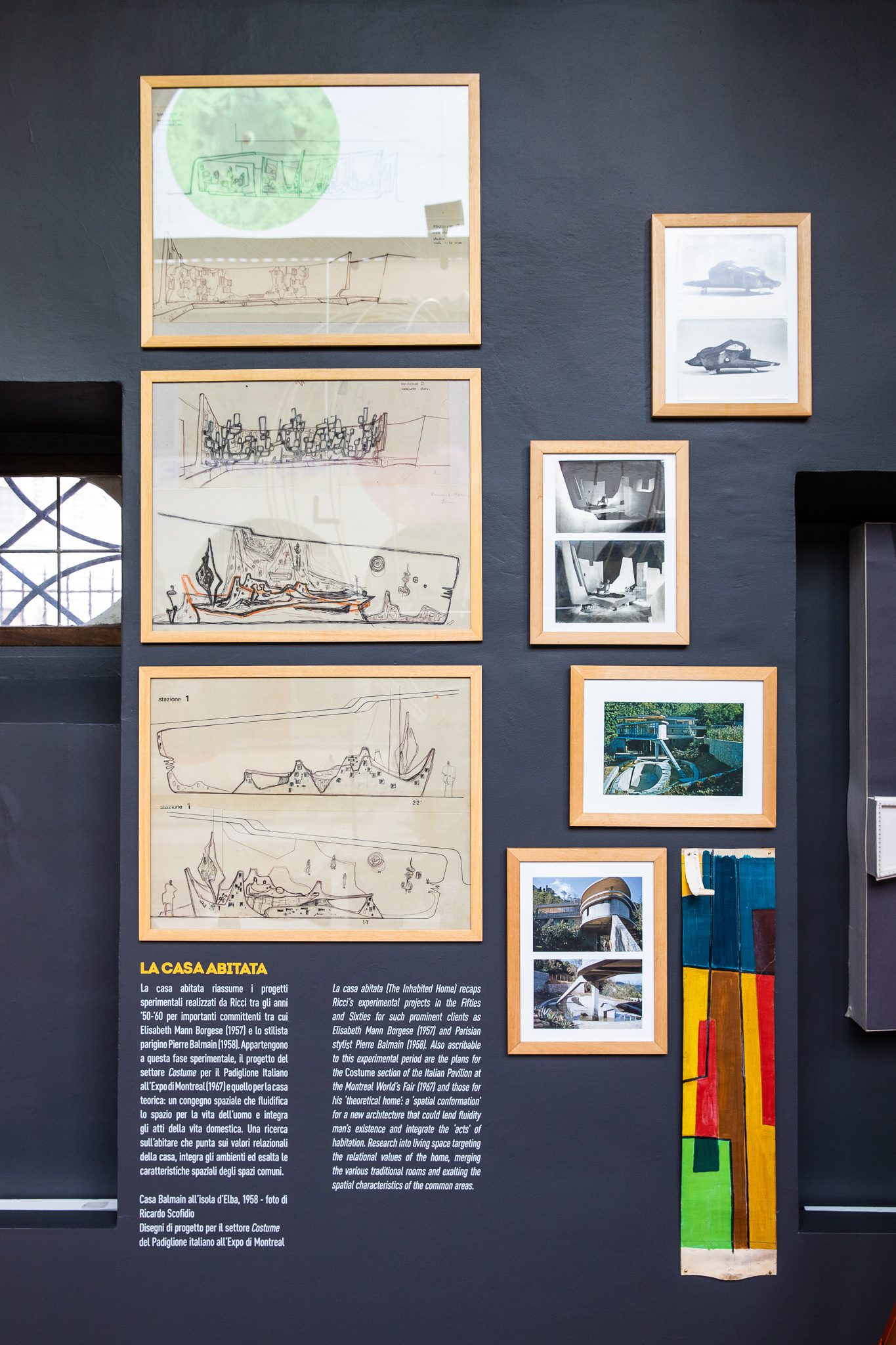Where and when
From
To
Museo Novecento
After Mario Cucinella, Gianluca Peluffo and Benedetta Tagliabue, it is the turn of Leonardo Ricci (on display from 20 December 2018 – 28 March 2019), a pupil of Giovanni Michelucci and protagonist of the reconstruction of post-war Florence, which arrives at the Museo Novecento in the year in which the centenary of the birth is celebrated.
Exhibition Hours
Winter Hours
Monday – Sunday
11:00 am
–
8:00 pm
Thursday
Fourth appointment for Paradigma. The architect’s table, a periodic project conceived by Sergio Risaliti in collaboration with Tommaso Sacchi and curated by Laura Andreini, dedicated each time to an architect called to tell the public through images, drawings, projects or models canonically set up on a table of Work.
The intention of Laura Andreini, who oversaw the installation in collaboration with Giovanni Bartolozzi, Pietro Carafa and Clementina Ricci, is to show unpublished works, images, models and to recreate the architect’s work table by exhibiting not only the works , but also the objects he loved to surround himself with.
The manifesto book by Ricci Anonimo of the twentieth century, published in America in 1962 and in Italy in 1965, allows the general public to get to know a central figure of Florentine and international culture who conceived the architectural discipline as a “processing waste” necessary for its own existentialist thinking, to reposition man in the community, the only positive system in which to live.
Leonardo Ricci
The intense and multifaceted creative activity begins with painting. He learns “the love for architecture” from Giovanni Michelucci, of whom he is a student, assistant and collaborator. In post-war Florence he participated in competitions for the reconstruction of the city and initiated the didactic commitment in university teaching. His manifesto-work is the organic residential settlement of Monterinaldi in Florence, which together with the villages for the Waldensian communities of Agape in Prali and Monte degli Ulivi in Riesi, fully expresses his community poetics and his creative process. In the Sorgane district of Florence he designed La Nave: a complex and flexible architectural organism, which in its intentions seeks to overcome the critical aspects of Le Corbusier’s Unité d’habitation. The organic-expressionist matrix of Ricci’s architecture is enhanced in the Mann Borgese house in Forte dei Marmi, in the projects for the unfinished villa Pleydell-Bouverie and for the villa Balmain on the Island of Elba and in many other unrealized architectural projects. . Dean of the Faculty of Architecture in Florence from 1971 to 1973, he was director of the Institute of Urban Planning and president of the Tuscany section of the INU, visiting professor and graduate research professor in prestigious American universities. Leonardo Ricci died in Venice in 1994. His latest work, the project for the new Palazzo di Giustizia in Florence, had a posthumous and troubled construction, which does not return the original project satisfactorily.
Artist
Leonardo Ricci
1918, Rome – 1994, Venice
Concept
Sergio Risaliti
Curated by
Laura Andreini
Organization
Eva Francioli
Francesca Neri
Luca Puri
Communication
Mus.e
In collaboration with
Giovanni Bartolozzi
Pietro Carafa
Clementina Ricci


